Description
Here’s a detailed breakdown of the Samkoon S-E4TC4T PLC model based on naming
conventions and typical features of Samkoon’s product line:
Model Decoding
• S: Likely denotes the Standard Series or a compact PLC series.
• E4TC: 4 Thermocouple Inputs (for temperature measurement via
thermocouples, e.g., Type J, K, T).
• 4T: 4 Transistor Outputs (24V DC, NPN/PNP, for switching DC loads like relays,
solenoids, or LEDs).
• The “E” may indicate Expansion capability, Enhanced features, or compliance
with a standard (e.g., CE).
Key Specifications
1. I/O Configuration:
➢ Thermocouple Inputs (TC): 4 channels (supports common thermocouple
types like J, K, T, etc.).
▪ Resolution: Typically 16-bit for precise temperature measurement.
▪ Isolation: Likely channel-to-channel isolation to reduce noise
interference.
➢ Transistor Outputs (T): 4 points (24V DC, 0.5–2A per point, suitable for
high-speed switching).
➢ Additional I/O: May include digital inputs or other analog channels (check
datasheet for exact configuration).
2. Power Supply:
➢ Operating Voltage: 24V DC (standard for industrial PLCs).
➢ Power Consumption: Low to moderate (depends on connected loads).
3. Communication:
➢ Built-in Ports: RS-485/RS-232 for Modbus RTU protocol (integration with
HMIs, SCADA, or sensors).
➢ Ethernet Option: Some models include Ethernet for faster networking
(confirm if “E” implies Ethernet support).
4. Programming & Memory:
➢ Software: Samkoon Pro IDE (supports ladder logic, function blocks, and
temperature PID control).
➢ Memory: Sufficient for temperature control logic and data logging.
5. Expandability:
➢ May support expansion modules (e.g., additional analog inputs, digital
I/O, or communication modules).
6. Environmental Ratings:
➢ Operating Temperature: -10°C to 55°C (industrial-grade durability).
➢ Certifications: CE, RoHS, and possibly IP20/IP40 protection.
Typical Applications
• Temperature Control Systems: Industrial ovens, furnaces, HVAC, or food
processing equipment.
• Process Monitoring: Real-time temperature data acquisition and logging.
• Hybrid Systems: Combines temperature sensing with actuator control (e.g.,
heaters, fans).
Important Notes
1. Thermocouple Compatibility: Verify supported thermocouple types (J, K, T, etc.)
and ensure proper cold-junction compensation.
2. Noise Reduction: Use shielded cables for thermocouple wiring to minimize
signal interference.
3. Transistor Outputs: Add external protection (e.g., flyback diodes) for inductive
loads (relays, solenoids).
4. Calibration: Regular calibration may be required for high-precision temperature
measurement.
5. Datasheet: Always consult the official Samkoon documentation for exact
specifications, firmware features, and wiring diagrams.


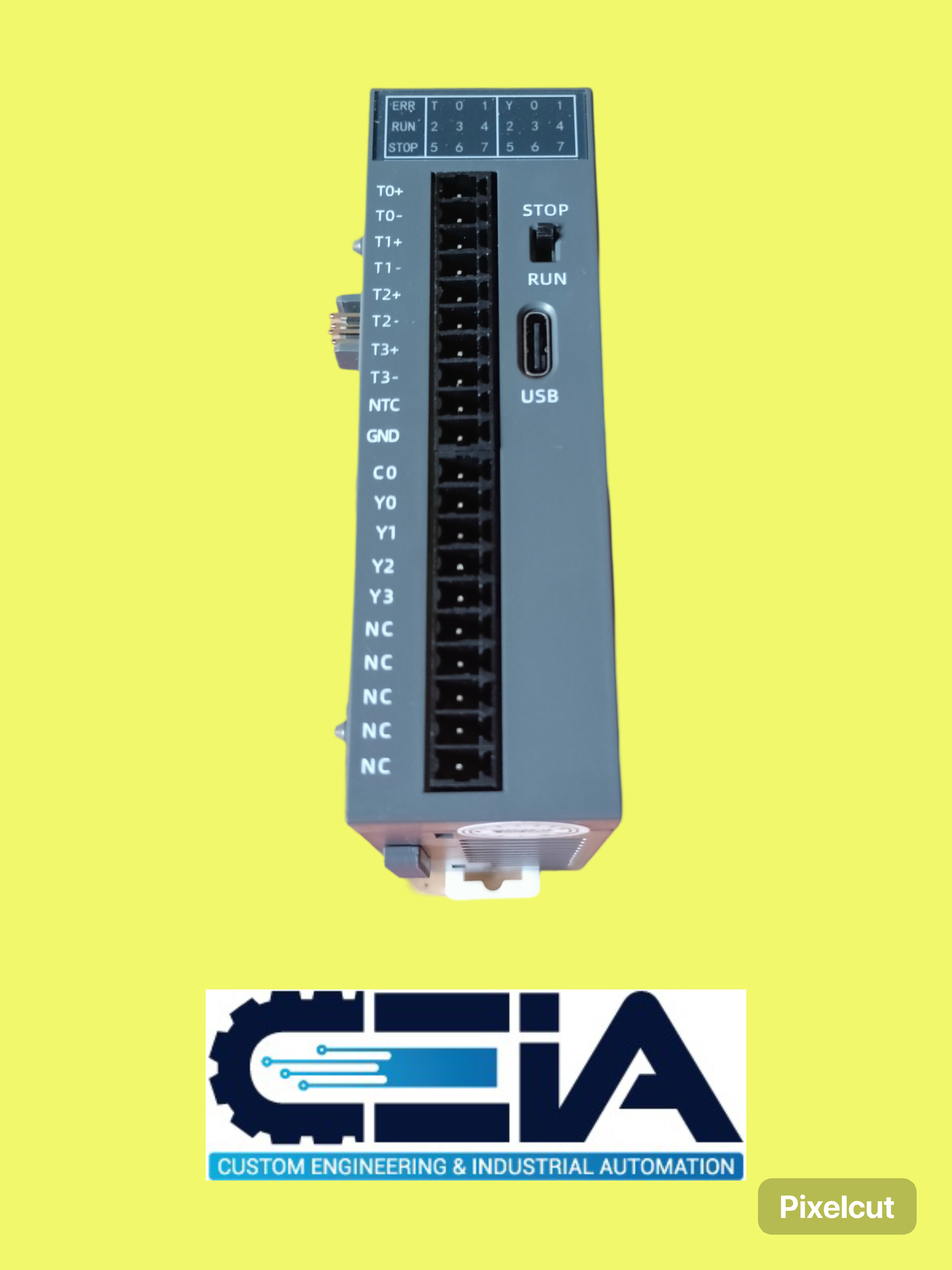
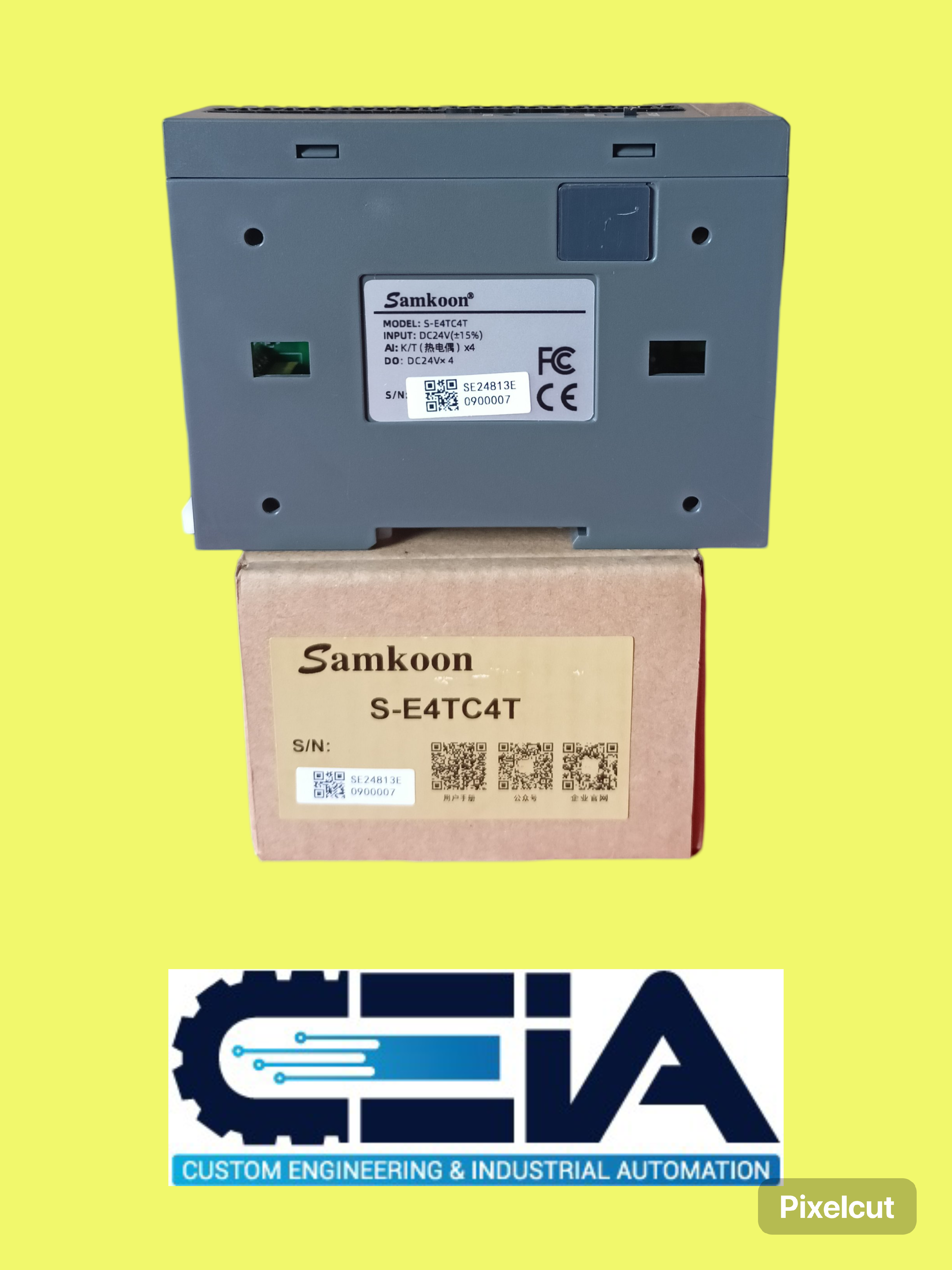
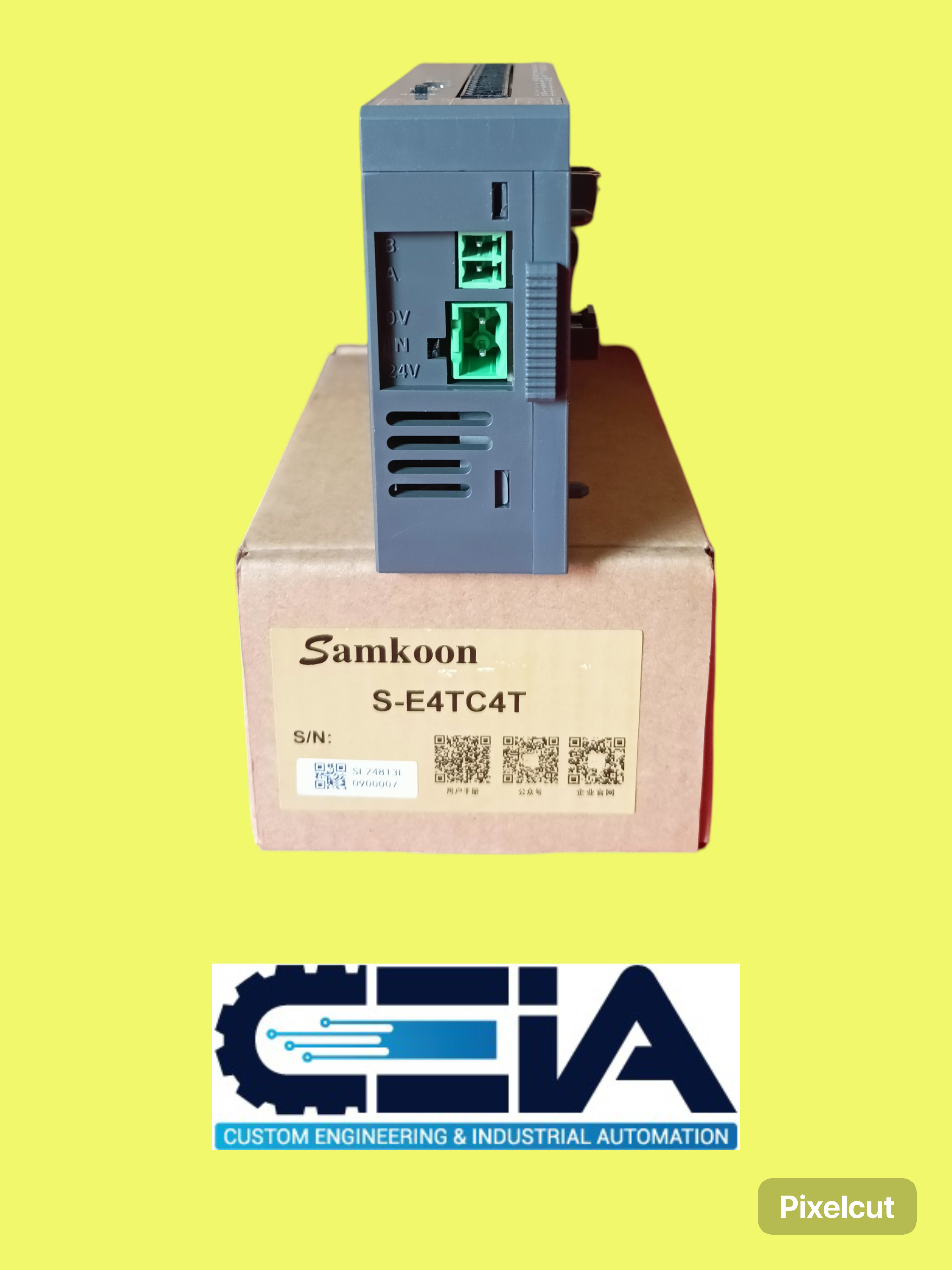

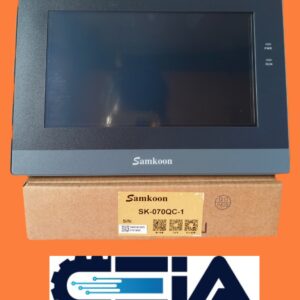
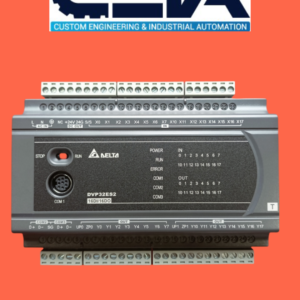
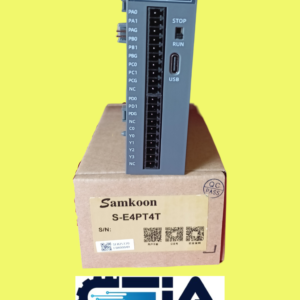


Reviews
There are no reviews yet.